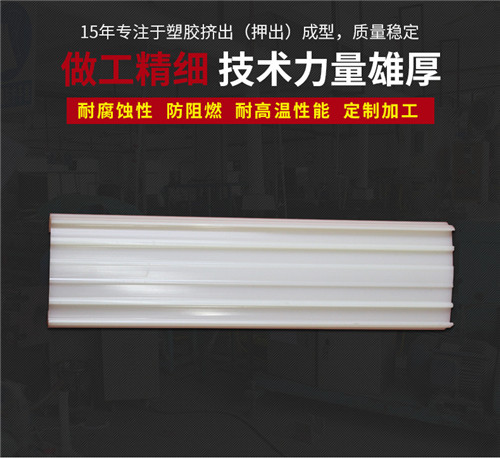
Phone Number :
08 18, 2023

Power cable trunking plays a crucial role in efficient and organized power distribution systems. It not only facilitates the safe routing and protection of power cables but also ensures easy maintenance and accessibility. In this article, we will explore the various aspects of power cable trunking, its benefits, and the different types available in the market.
Power cable trunking serves as a vital component in organizing power distribution systems in residential, commercial, and industrial settings. Its primary purpose is to provide a safe and secure enclosure for power cables, protecting them from physical damage and reducing the risk of electrical accidents.
Additionally, power cable trunking helps manage cable clutter, preventing tangling and entanglement, which can lead to signal interference and performance issues. It promotes efficient cable routing, enabling easy identification and troubleshooting of cable faults.
Power cable trunking offers several advantages, making it an indispensable solution in modern power distribution networks.
Power cable trunking provides a protective barrier, isolating power cables from potential hazards. It reduces the risk of short circuits, electrical shocks, and fire accidents caused by accidental contact or overheating.
With power cable trunking, maintenance and repairs become hassle-free. The organized cable layout allows easy access to individual cables, simplifying troubleshooting and minimizing downtime.
Power cable trunking helps in creating a neat and tidy appearance by concealing the cables within its enclosure. This not only enhances the overall aesthetics of a space but also prevents damage to cables from external factors, such as impact or environmental elements.
Power cable trunking is available in various types, allowing flexibility in different installation environments. Here are some commonly used types:
PVC (Polyvinyl Chloride) trunking is a cost-effective and versatile option for cable management. It is easy to install, lightweight, and provides adequate protection for power cables. PVC trunking is available in various sizes and shapes to accommodate different cable requirements.
Metal trunking, typically made of steel or aluminum, offers superior durability and strength. It is suitable for environments with high mechanical stresses or where there is a need for added protection against vandalism or physical impact. Metal trunking also provides excellent electromagnetic shielding for sensitive cables.
Wire mesh trunking is a popular choice for areas where good ventilation is essential, such as server rooms or data centers. It allows airflow around the cables, keeping them cool and preventing overheating, which can reduce cable performance or cause failure.
Power cable trunking is a vital component in ensuring the efficient and safe distribution of power. Its benefits in terms of safety, easy maintenance, and improved aesthetics make it an indispensable solution for both residential and commercial spaces. With different types available, it is crucial to choose the appropriate trunking based on the specific requirements and environmental conditions.
So, whether it's organizing cables in your home or securing power distribution in a large-scale industrial facility, power cable trunking offers the ideal solution for achieving a well-managed and reliable power infrastructure.